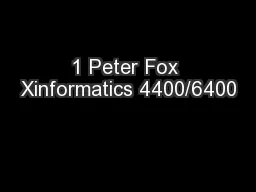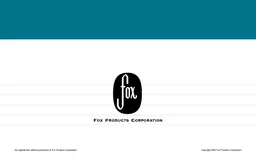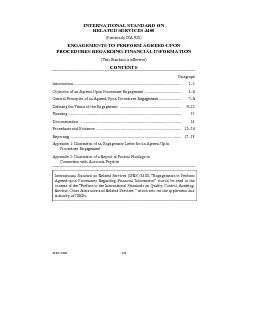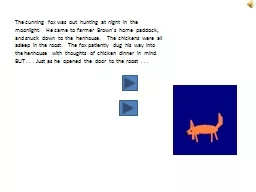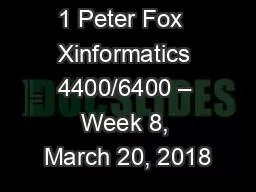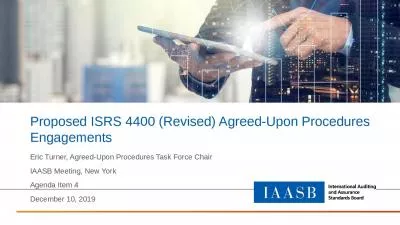PPT-1 Peter Fox Xinformatics 4400/6400
Author : partysilly | Published Date : 2020-06-16
Module 12 April 17 2018 XInformatics course summary Contents Summary of this course What you needed to learn objectives Your X Projects 2 3 The key is As the volume
Presentation Embed Code
Download Presentation
Download Presentation The PPT/PDF document "1 Peter Fox Xinformatics 4400/6400" is the property of its rightful owner. Permission is granted to download and print the materials on this website for personal, non-commercial use only, and to display it on your personal computer provided you do not modify the materials and that you retain all copyright notices contained in the materials. By downloading content from our website, you accept the terms of this agreement.
1 Peter Fox Xinformatics 4400/6400: Transcript
Download Rules Of Document
"1 Peter Fox Xinformatics 4400/6400"The content belongs to its owner. You may download and print it for personal use, without modification, and keep all copyright notices. By downloading, you agree to these terms.
Related Documents

